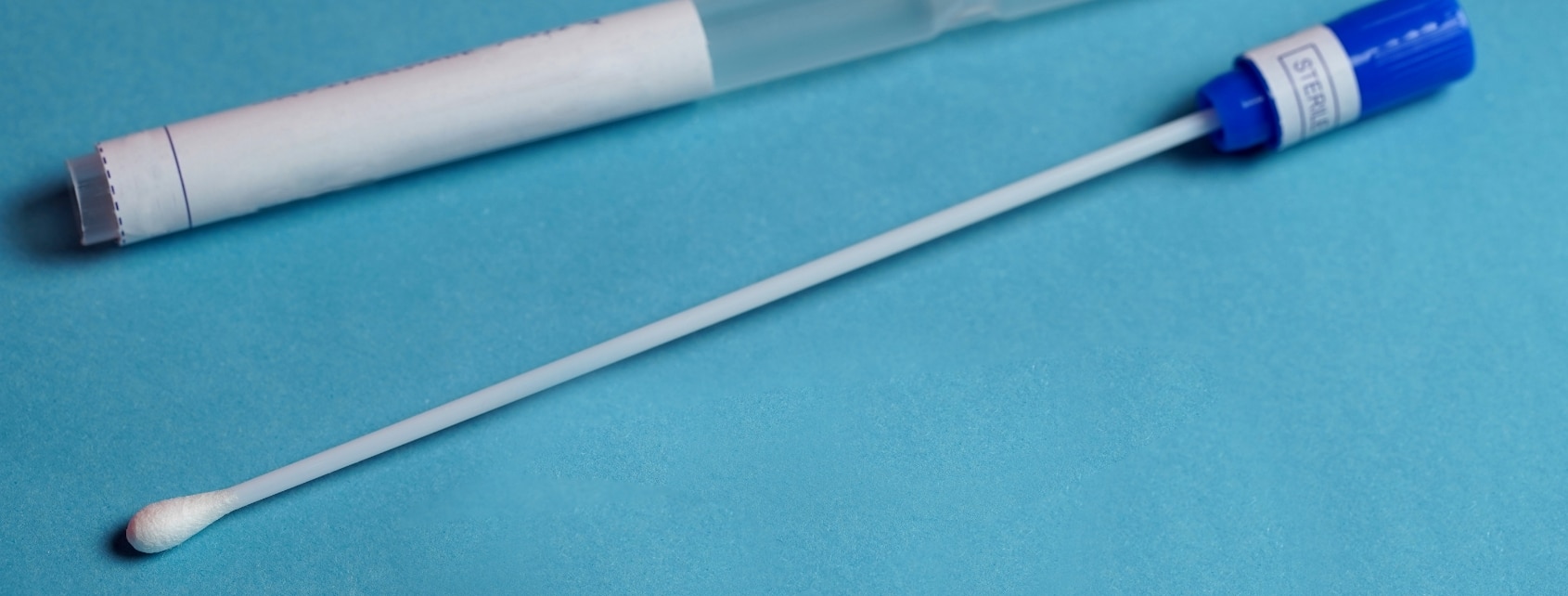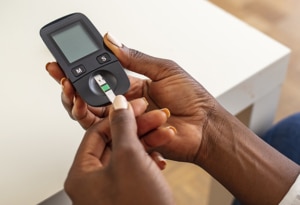
Anyone with diabetes knows how unpleasant finger prick tests are. After all, these tests aren’t just inconvenient and time-consuming – they can be painful to go through. But even after decades of medical advances, we haven’t eliminated the need for these tests.
However, this situation could possibly change as early as 2023. University of Newcastle, Australia researchers have developed a pain-free, needle-free glucose test that measures sugar in saliva instead of blood. According to the university, this test could make traditional blood glucose testing obsolete. If you’re ready to learn what the future holds for people with diabetes, read on for a full explanation of this cutting-edge technology.
What Is The Saliva Glucose Biosensor?
In 2021, the University of Newcastle, Australia issued a press release on the new diabetes test its researchers had developed. The testing method is the result of two decades of research, and $6.3 million in funding has gone towards creating a manufacturing facility for these tests. If all goes according to plan, the tests could hit store shelves in 2023.
At the heart of this new testing method is a device called a “saliva glucose biosensor.” These sensors are roughly the size of (but even thinner than) a stick of gum. Professor Paul Dastoor led the research behind the development of the saliva glucose biosensor. He said his work was partially inspired by his wife, a primary school teacher.

“It’s a heartbreaking scenario when the lunch bell rings and everyone runs to the playground, bar an unfortunate few who stay back to surrender their finger for blood testing at every meal time,” Professor Dastoor said.
He also said that the project’s overall goal was “to create a world where no one needs to bleed in order to eat.”
Initial research focused on the impact this technology could have on diabetes. People could eventually use similar devices in hundreds of different ways.
“The biosensor is a ‘platform technology’, which means it will be widely applicable to detect a variety of substances that identify a range of diseases. We’re already looking for the substances that identify cancer, hormones and allergies,” Professor Dastoor said.
How Saliva Glucose Tests Work
Since the 1960s, people with diabetes have relied on finger prick tests to measure their blood sugar tests. Despite this, blood isn’t the only bodily fluid that contains glucose – you can also find it in saliva.
Unfortunately, testing for glucose in saliva isn’t easy. One major obstacle: the fact that saliva contains 100 times less glucose than blood does.
“One of our key challenges was the sheer unavailability of glucose in saliva. It exists in minute concentrations, so you need to develop an incredibly powerful platform to detect it. Saliva also contains a plethora of other substances, so you’ve then got to tune out a lot of ‘noise’ to ensure results are accurate,” Professor Dastoor said.
The saliva glucose biosensor is up to that challenge. These sensors are coated with glucose oxidase, a natural enzyme. When a person with diabetes uses a biosensor, it interacts with saliva. That interaction creates an electrical current that the sensor can measure to determine glucose levels with high accuracy.
The Biosensor Manufacturing Process
The creation of saliva glucose biosensors relies on a new manufacturing method called “functional printing.” That involves printing devices the same way printers create text or images on paper. Professor Dastoor’s team has used standard printers filled with electronic inks to make these sensors at a low cost.
Currently, Professor Dastoor and his fellow researchers manufacture their biosensors in a small “factory on campus.” To meet the need for these sensors worldwide, a considerably larger production facility is in the works.
“A dedicated manufacturing facility for biosensors in the Hunter (Region) will enable us to dramatically ramp up production of the saliva biosensor to meet global demand,” Professor Dastoor said.
Use CGMs for Pain-Free Testing Today
While saliva glucose biosensors could transform the world of diabetes management, they aren’t the only way people with diabetes can painlessly check their glucose levels. Continuous glucose monitors have been available for years now, and they can make it easy to do glucose tests without needles.* Though they can’t eliminate the need for finger prick testing, they can significantly cut down on your need for these tests.
If you’d like to find a high-quality CGM at a low price, ADS has you covered. Check out the CGMs we have for sale, along with our “traditional” glucose testing products like glucose meters and testing supplies!
*Use a blood glucose meter to confirm any highs or lows and when your symptoms do not match your sensor’s readings.
Source: https://academic.oup.com/jcem/article/105/6/1759/5805160
